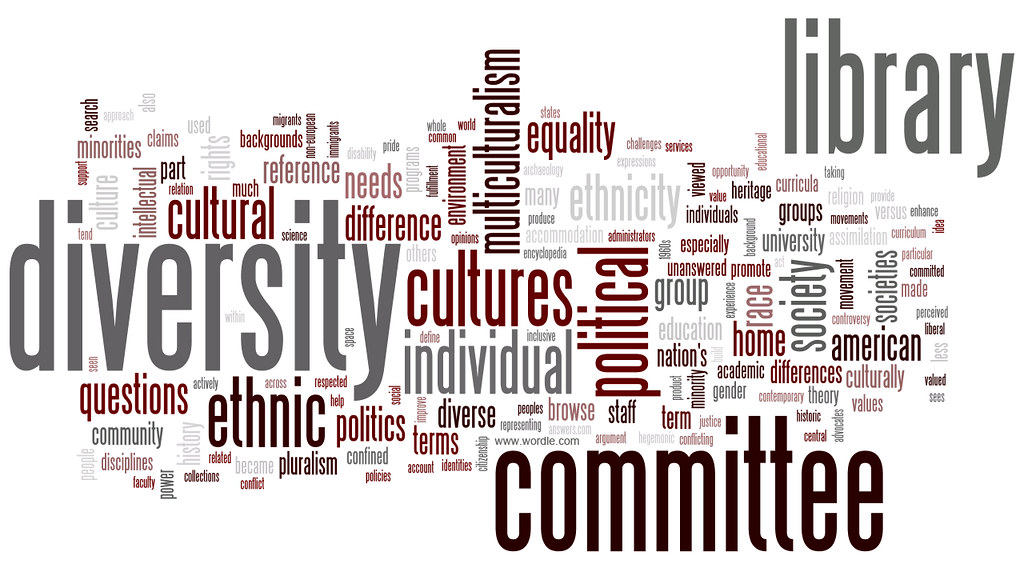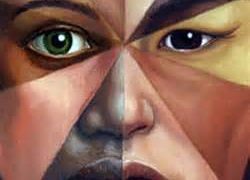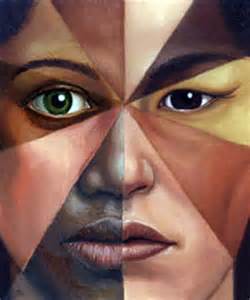Imagine Planet Earth viewed from space – an ethereal sphere, painted with swirls of blues, mottled greens and brush strokes of arid amber. A harmonious picture of unity; until you zoom intrinsically, plunging beneath the blankets of artistic uniformity into a labyrinth where mankind’s diversity thrives. Each region is exotically distinctive, festooned with unique cultures, traditions, and behaviors that influence the world in myriad ways. When these cultural nuances ripple across national borders, they touch and tangle with other spheres of cultural influence, instigating a fascinating dance that significantly impacts international relations and diplomacy. Join us as we delve into the beguiling tapestry of culture’s all-pervading role in shaping our world’s political ballet.
In a globalized, interconnected world, the significance of understanding cultural nuances in diplomacy cannot be understated. Knowledge and understanding of culture, whether it is language, religion, social norms or values, has a profound influence on international relations by shaping the perception, ideation and communication among nations. In instances where there are cultural clashes, differing customs profoundly impact the political alliances and conflicts. One cannot gloss over the fact that cultural dissimilarities often form the core of global power dynamics and frequently lead to disputes or even wars.
- The conflict between Israelis and Palestinians has deep-seated cultural roots.
- The cold war was a classic example of different political cultures colliding.
- The ongoing tension between India and Pakistan can be partly traced back to cultural differences.
However, it is also noteworthy that diplomacy often acts as a bridge between different cultures, fostering unity and cooperation. Diplomacy plays an instrumental role in blending cultures to usher in an era of mutual respect and understanding. A diplomatic approach prudently focuses on the shared aspects of culture while gingerly dealing with controversial issues. The goal is to create a constructive dialogue that allows nations to find common ground. By adopting a strategic approach, nations can harness cultural differences to enhance diplomatic relations. A well-informed understanding of the cultural context can both prevent and resolve conflicts.
- How the US-Cuba policy was changed by focusing on shared cultural elements.
- The multilateral diplomacy that formed the European Union.
- The successful negotiation of the Peace Corps agreement between the US and Afghanistan, emphasizing shared cultural values.
In the vast, complex and beautifully intricate tapestry that is our world, the threads of culture are deeply woven into every stroke and curve. The diplomatic sphere, mirroring this colorful bouquet of diversity, stands as a testament to the kaleidoscope that is human culture. The impact that variances in culture have on international relations and diplomacy is an ongoing spectrum of revelations, rifts and sometimes unparalleled harmony. Our borderless pursuit for agreement, in an arena wrapped up in the tapestry of multiculturalism, is fraught with challenges and rich with rewards. As we journey down the intricate paths of diplomacy, may we continue to diligently strive for the appreciation of our collective ethos, embrace the varied hues of cultural minds, and guard the sacred intricacies of cultural differences. For in them lies the seed to foster a more understanding, respectful, and peaceful global society.



















